Alain Coulombe
Disruptive entrepreneur to the core
Alain Coulombe, CEO of the Canadian company 3DSemantix and leader of the recently, and successfully, completed ITEA project SAMUEL, was so convinced that the entrepreneurial path was the route he would take, that after one year of study at the Ecole Polytechnic in Montreal, he switched from civil to industrial engineering. “Industrial engineering turned out to be a perfect fit for me, combining my wish to be an entrepreneur and my love of technical stuff.” After graduating as an industrial engineer, he started his career at IBM in a semiconductor plant. In less than three years, he became a manager and thought he would spend only a few years there because he wanted to start a company. “During my studies, I had the opportunity to work in SMEs and the adrenaline, the thrill, the power, the decisions you make … all that excited me.”

An entrepreneurial test
But Alain stayed at IBM for ten years, gaining experience after experience. “I didn't stay more than a year in one job. Or if I did, I had to deliver on different challenges, and this was very exciting. One of my biggest challenges was a technology transfer that was critical for the plant. With more challenge comes more responsibility. You may get carte blanche to deliver but limited time to do it. Between unplugging the testers to implementing production, 24/5 but that was not enough. It had to be 24/7, but IBM had never operated on Saturdays and Sundays in Canada so we made weekend work attractive, offering a full salary for two 12-hour shifts per weekend. It worked and was a big success because the rest of the week was free – working for 24 hours but being paid for 40.” This and other challenges were like a test of being an entrepreneur. “If you are to be an entrepreneur, you will have to do things you've never done in your life. You're going to have to think outside of the box. And this opportunity inside IBM was quite fantastic for me. When I decided to leave, I sold my house and went to do an International MBA in Europe with the aim of starting my own business afterwards.”
Fast Moiré Interferometry
In 1994 Alain did just that, entering the machine vision industry with SolVision. He ‘poached’ the best engineer he had worked with at IBM. “For the first four or five years we did one-off projects and grew a team of about 15 people. In this emerging technology we targeted the semiconductor industry, having seen where it was going in terms of miniaturisation and took a big bet that the laser triangulation method of measuring connectors would eventually start to lack accuracy and capabilities. What could be the solution? Phaseshift Interferometry. It's a very accurate technology, where you get height measurements for every pixel of your camera. We could be ten times faster and eight times more accurate. I told my team that if we could do this, then we would have a winner. With the help of some very smart guys in our research team, we came up with a solution, got 25 patents for this technology and within three years, we became market leader with 55% market share worldwide. We were selling to Intel, AMD, Samsung, NEC in Japan, you name it, the big guys. Before you knew it, we grew the team to 175 people and made an acquisition in Singapore as well as created a subsidiary in Japan to be close to the semiconductor industry in Asia.”
A new innovation
Then, in 2008, the shareholders decided it was time to sell the company and Alain started looking for another business opportunity because it was no time for him to retire yet. “And then I found this group of researchers that had invented geometric search. I said wow, this is very disruptive. You know, it's like Google but you give it a 3D model instead of keywords to trigger a search." 3DSemantix creates semantics that allow one to search for similar parts using a 3D MODEL as input to the search engine, not alphanumeric characters, avoiding the need to duplicate new parts and saving both time and money. “Our first product using this new semantics is a shapebased search engine: 3DPartFinder,” Alain explains. “You don’t even have to guess the right key words to launch your search. A CAD file or and STL file of a current part or a quick 3D sketch of the part you have in mind will do to launch your initial search. That’s it! 3DPartFinder will then search the database and present a 3D view of all the similar or identical parts in an assembly.”
An irresistible offer
“And then, in 2016, came another development in my career and life. I came into contact with ITEA through IRAP, the Canadian Industrial Research Assistance Program, when I was invited to share a roundtable with Zeynep Sarilar, who more or less directly invited me to participate in the ITEA programme there and then on stage! I could hardly refuse.” It was quite a learning process for Alain, and while his first full project proposal (FPP) did not come to fruition, a year later at the PO Days in 2017, the SAMUEL project was born and he had the lead, thankfully assisted by his Fraunhofer and Sirris colleagues. “You realise immediately the value of experience – it’s the most precious asset we have.” The major goal of the SAMUEL project is very much related to this notion of experience, combining the engineer’s experience through data mining and machine learning methods and advanced analysis concepts to create an Additive Manufacturing (AM) knowledge base that can assist an engineer or business developer in all major AM steps.
Addictive
Despite the daunting challenge of writing a full project proposal, Alain admits to having become an ITEA addict. “It's a pretty unique platform that gives entrepreneurs like me a real opportunity to come up with disruptive innovation through interaction with other experts. In fact, ITEA could also serve as a model for what we could or should be doing in Canada. Do I have a suggestion for ITEA? Spin off the concept in Canada and other countries and get the same kind of programme up and running elsewhere. The countrylevel ITEA programmes could later feed the international ITEA with bigger projects. Could be a game changer, and a real win-win!”
Other chapters
Use the arrows to view more chapters
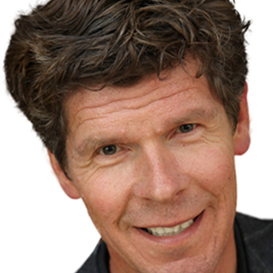
Editorial
By Jan Jonker
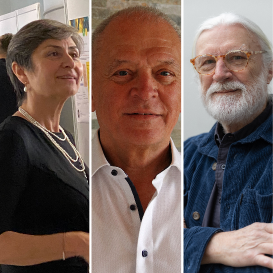
25 years of ITEA
Success built on the inheritance of a very strong base

Country Focus: Germany
Driven by digitalisation, supported by networks
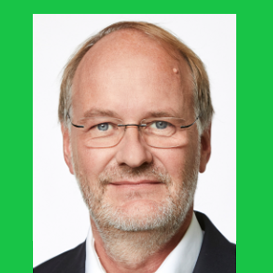
Software AG
A one-stop shop where innovation is crucial

ITEA Success story: PARFAIT
Connecting IoT with greater security

IVVES Project benefits story
Create higher value thanks to automated ESG score calculation

Community Talk with Alain Coulombe
Disruptive entrepreneur to the core
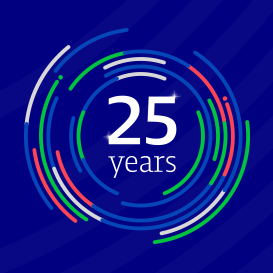
25 years of ITEA
Ground-breaking innovations we’re still grateful for today
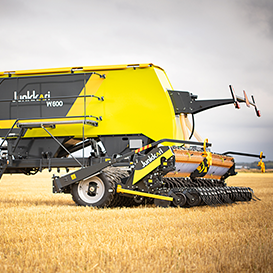
By and for end-users
Junkkari brings predictive maintenance to unchartered domains

ITEA Success story: STARLIT
Aiming for ‘first-time-right’ treatment for cancer patients
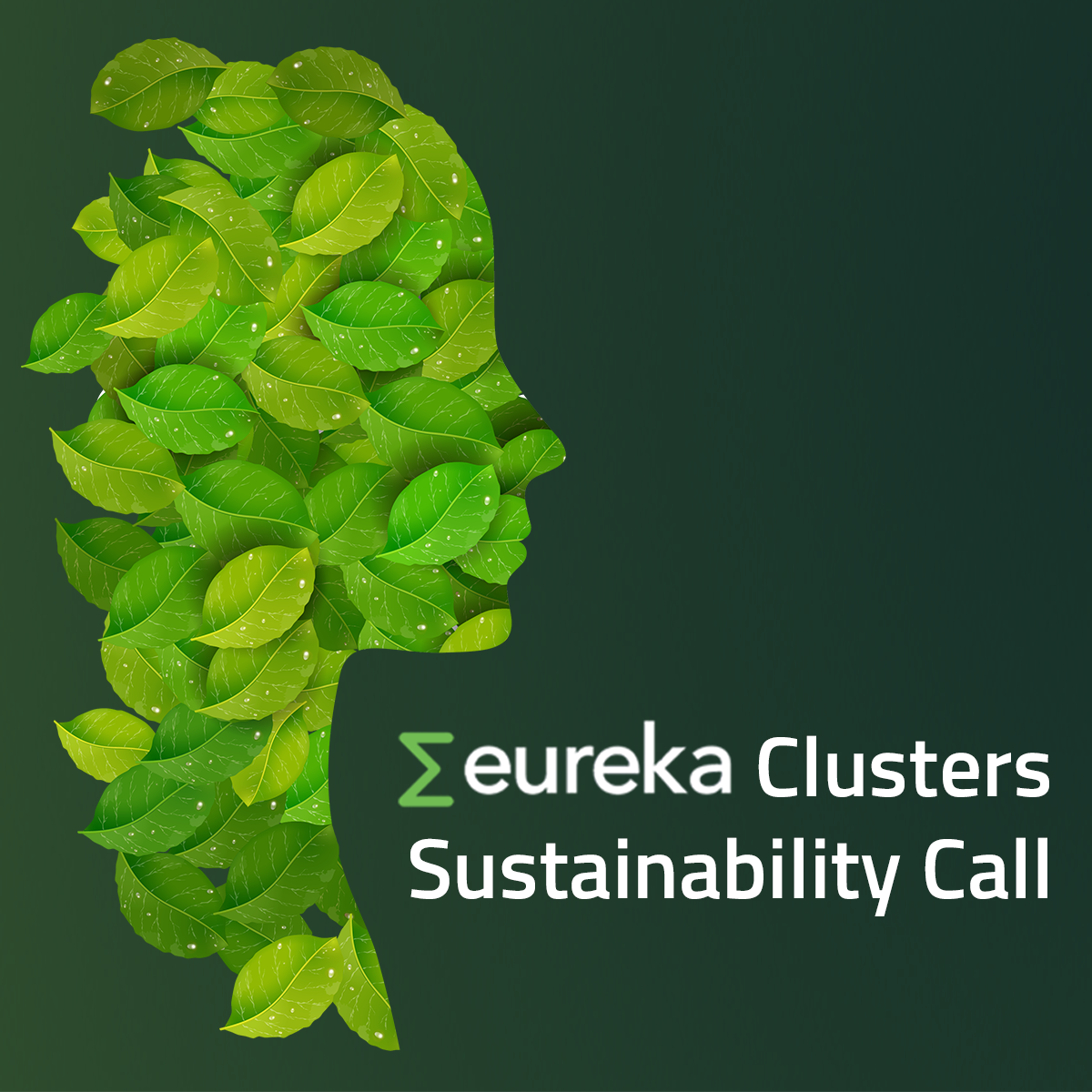
The Eureka Clusters Sustainability Call 2022 projects
Innovations making industry more sustainable and greener

SME in the Spotlight: The REUSE Company
Constant evolution in systems engineering

